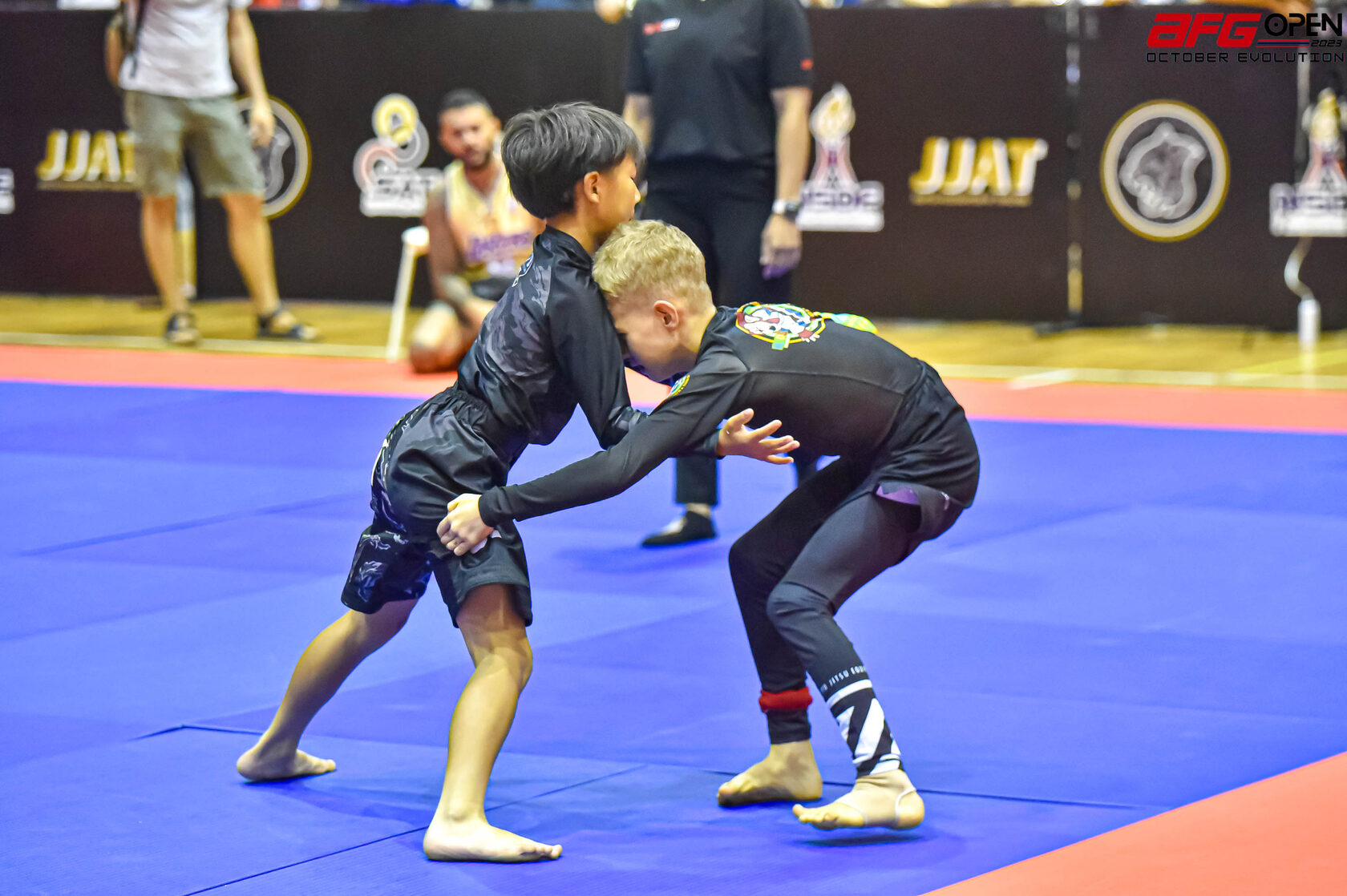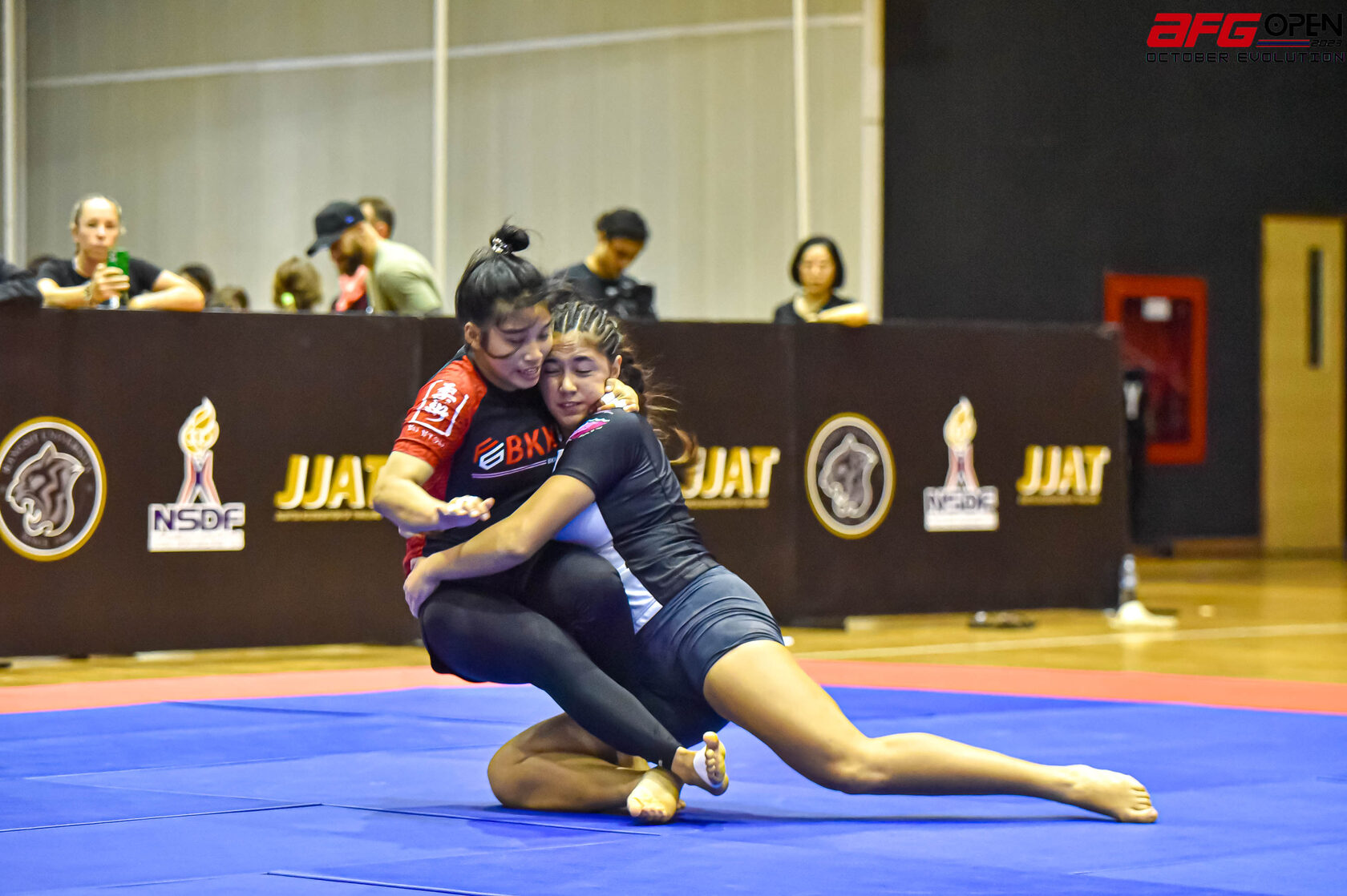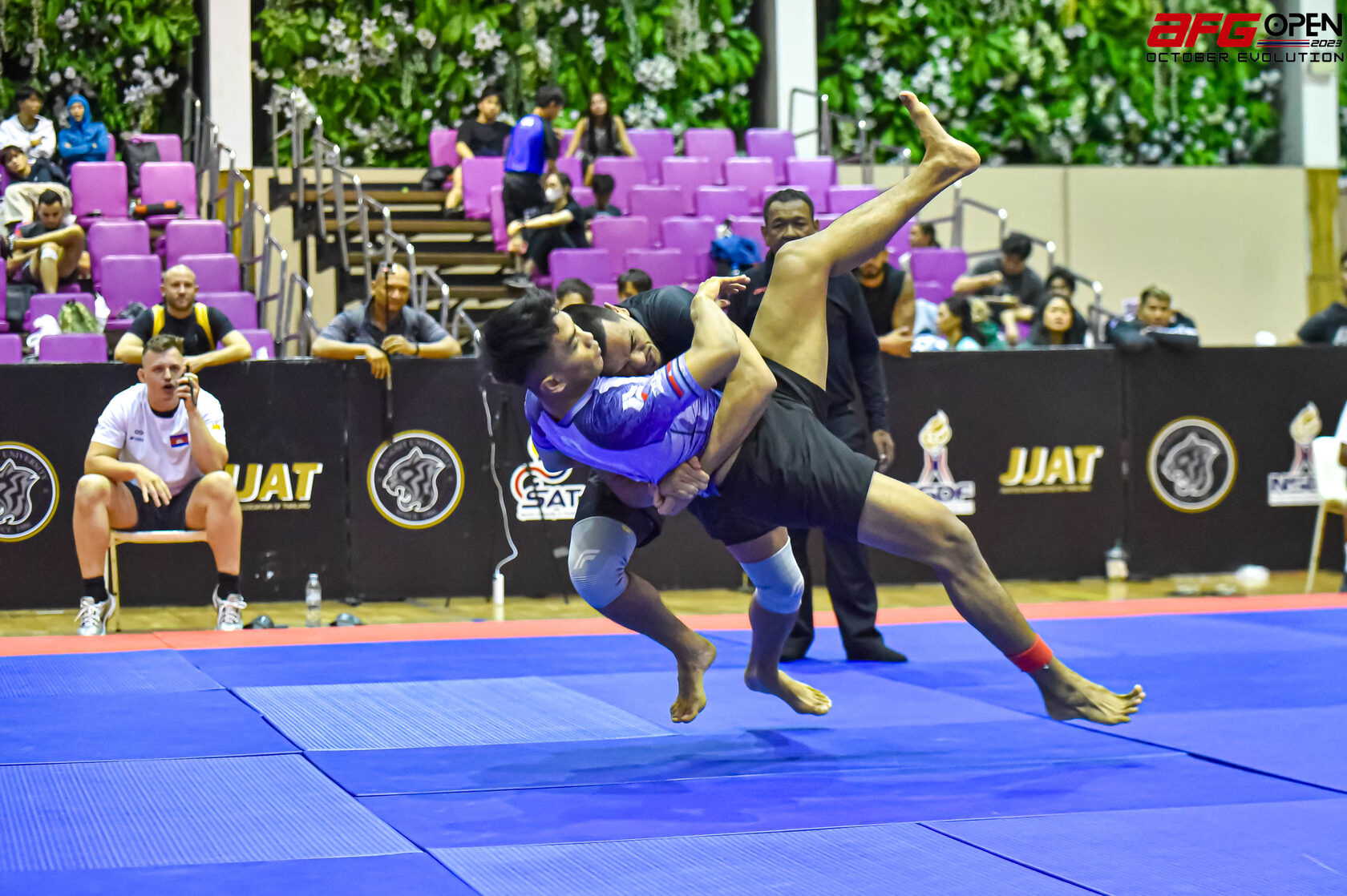All matches in BJJ begin from a standing position, making takedowns a crucial aspect, particularly in No-Gi grappling. Mastering takedowns requires significant time and drilling, but it's not essential to perfect every technique. Instead, focus on mastering a few takedowns that complement your style. Additionally, familiarizing yourself with various takedowns enhances your ability to counter them, making you a more formidable grappler. This article will explore five effective ways to counter takedowns in No-Gi Jiu-Jitsu.

1.Underhook
The underhook is a key technique in grappling, frequently employed to thwart an opponent's takedown attempts. To execute an underhook, place your arm underneath your opponent’s arm to gain inside position. This allows you to control their shoulders and upper body more effectively. A single underhook involves using one arm to get underneath their arm, while your other hand can either grip their wrist or apply an overhook. A double underhook, on the other hand, uses both arms to gain superior control, potentially setting up maneuvers like the body lock.
Pummeling is a valuable drill for practicing your ability to secure underhooks during a match. When starting out, focus on the chest-to-chest bump as you transition between underhooks. As you become more comfortable with the movement, increase the challenge by adding resistance. Keep the connection tight to make it harder for your training partner to gain an underhook, enhancing the effectiveness of the drill.
2.Sprawling
In addition to the underhook, sprawling is a crucial technique for defending against takedowns. In grappling, your head is the first line of defense, as it dictates the direction of your body. Next, your arms can be used to post against your opponent. The sprawl comes into play when your opponent manages to get to your legs and attempts a takedown.
To sprawl effectively, immediately pull your lead leg back and use your hips to pressure down on your opponent’s shoulders or head. Avoid simply flattening out on the mat; instead, twist your lower body to create a torquing motion while keeping your upper body squared. Understanding how to return to a standing position is essential for setting up a counterattack. Rising from a sprawl resembles a high lunge, where your rear leg circles back to get into your fighting stance.
Contrary to some misconceptions, sprawling is an active defense rather than a passive one. After an opponent's shot, they are often out of position, and a good sprawl helps you maintain control and transition effectively. Focus on using heavy hips during the sprawl—think of it as a powerful drop rather than a floating movement.
While the sprawl is effective for stopping takedowns, it is not a stable position. Therefore, it’s important to practice your timing and sprawl technique regularly, and be prepared to transition to your next attack.
To sprawl effectively, immediately pull your lead leg back and use your hips to pressure down on your opponent’s shoulders or head. Avoid simply flattening out on the mat; instead, twist your lower body to create a torquing motion while keeping your upper body squared. Understanding how to return to a standing position is essential for setting up a counterattack. Rising from a sprawl resembles a high lunge, where your rear leg circles back to get into your fighting stance.
Contrary to some misconceptions, sprawling is an active defense rather than a passive one. After an opponent's shot, they are often out of position, and a good sprawl helps you maintain control and transition effectively. Focus on using heavy hips during the sprawl—think of it as a powerful drop rather than a floating movement.
While the sprawl is effective for stopping takedowns, it is not a stable position. Therefore, it’s important to practice your timing and sprawl technique regularly, and be prepared to transition to your next attack.
3.Front Headlock To Choke
After successfully stuffing your opponent’s takedown with a sprawl, transitioning to a front headlock is an effective follow-up. From this position, you can move into various techniques such as the Anaconda, Guillotine, D’Arce, and Necktie chokes.
To apply a front headlock after sprawling, start by grabbing your opponent’s chin with one hand and driving your weight down onto their neck. Use your other hand to grip and pull their elbow. The objective is to keep their elbow away from their body while maintaining pressure on their neck. This setup allows you to transition into different chokes, with the Guillotine being the most commonly used option from this position, particularly effective against wrestlers.
To apply a front headlock after sprawling, start by grabbing your opponent’s chin with one hand and driving your weight down onto their neck. Use your other hand to grip and pull their elbow. The objective is to keep their elbow away from their body while maintaining pressure on their neck. This setup allows you to transition into different chokes, with the Guillotine being the most commonly used option from this position, particularly effective against wrestlers.
4.Throws
Throws are a highly effective way to counter takedowns, particularly against single-leg attempts. The underhook is crucial for setting up throws, as gaining inside position is essential for successfully executing a throw. To integrate throws into your game, ensure that your underhook technique is precise. Check out the demonstration above to see how the underhook can be used to facilitate a throw.
Another effective throw to use when your opponent shoots for a takedown and you secure a guillotine grip is the sumi gaeshi. This throw is excellent for using the opponent’s momentum to throw them overhead. Keep in mind that the sumi gaeshi is a sacrifice throw; if it fails, you may end up in a pinning position or a scramble.
As with all takedowns, execute the sumi gaeshi decisively to increase your chances of success. While sacrifice throws come with inherent risks, they can be highly rewarding if executed correctly and when the opponent is caught off-guard. First, ensure you have solid takedown defense before experimenting with different sacrifice throw variations.
As with all takedowns, execute the sumi gaeshi decisively to increase your chances of success. While sacrifice throws come with inherent risks, they can be highly rewarding if executed correctly and when the opponent is caught off-guard. First, ensure you have solid takedown defense before experimenting with different sacrifice throw variations.
5.Work On Takedown Defense
One of the primary reasons BJJ practitioners often get taken down is a lack of practice with standing techniques. This is largely due to the ruleset and a preference for playing guard, which can lead to neglecting the standup game. Although this approach might work occasionally, being well-rounded and proficient in all positions is always beneficial.
Learning to defend against takedowns can be challenging, but it is an essential skill. Whether in sports BJJ, submission grappling, MMA, or self-defense situations, mastering takedown defense will greatly enhance your overall effectiveness and versatility.
Learning to defend against takedowns can be challenging, but it is an essential skill. Whether in sports BJJ, submission grappling, MMA, or self-defense situations, mastering takedown defense will greatly enhance your overall effectiveness and versatility.

Final Thoughts
Standup is a crucial aspect of grappling, no matter the ruleset. Practicing grappling from your feet enhances your ability to execute and defend against takedowns. Mastering takedown counters will significantly improve your skills as you advance in rank. Study these techniques and let us know how they work for you.

